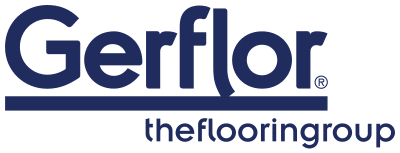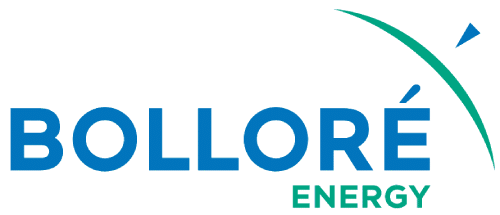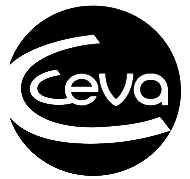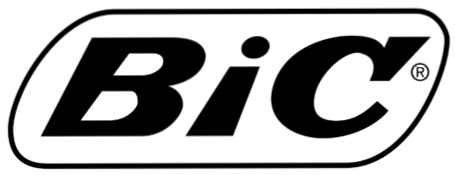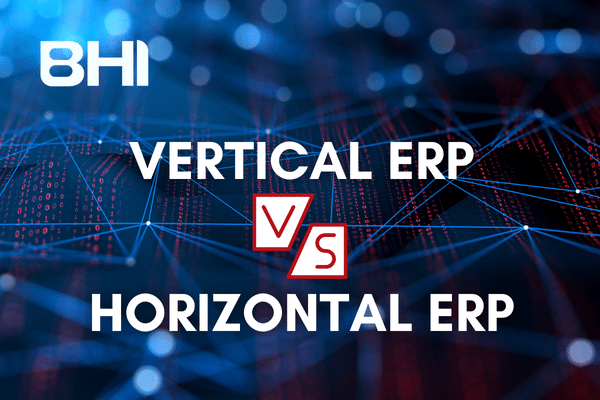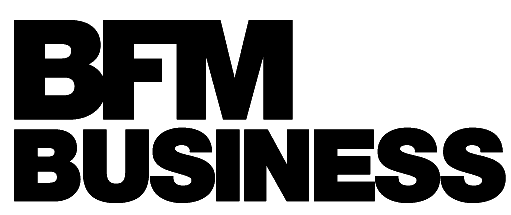In the current economic climate, controlling working capital requirements (WCR) has become a major challenge for companies. This fundamental pillar of financial management determines a company’s ability to finance its operating cycle, and directly influences its long-term viability. This comprehensive guide will help you to understand and optimize your WCR for better financial health.
Understanding WCR and its stakes
Working capital requirement represents the financial amount needed to cover the time lag between cash outflows and inflows linked to a company’s activity. It is calculated by adding inventories and trade receivables, then subtracting trade payables. A positive WCR indicates that the company needs to mobilize resources to finance its operating cycle, while a negative WCR reveals a favorable situation where the company has a cash surplus.
Optimizing your working capital requirements meets several strategic objectives. It improves the company’s financial management by freeing up resources for development. It also reduces dependence on external financing, which is particularly valuable in a context of tightening bank credit. What’s more, once mastered, it increases the company’s value and strengthens its resilience in the face of economic hazards.
Levers for optimizing working capital
Inventory management
Effective inventory management is the first lever of optimization, the aim being to strike the right balance between product availability and the financial capital they represent. Just-in-time management, combined with regular analysis of stock rotation, can significantly reduce inventory levels without compromising service quality.
Supply chain optimization also plays a crucial role. This involves better coordination with suppliers, precise supply planning and the gradual elimination of obsolete stocks. Modern inventory management technologies offer invaluable tools for achieving these objectives.
Receivables management
Reducing customer payment times is a major lever for improving working capital. A rigorous customer credit policy, combined with effective dunning procedures, speeds up collection. Negotiating down-payments on large orders and setting up financing solutions such as factoring can also help optimize this item.
Digitizing invoicing and collection processes brings significant process improvements. It makes it possible to automate reminders, accurately track due dates and reduce the administrative errors that can delay payments.
Optimizing trade payables
Supplier debt management must reconcile optimizing working capital with maintaining healthy commercial relations. Negotiating longer payment terms must be part of a balanced partnership approach. Grouping purchases with strategic suppliers can help to obtain better payment terms.
Implementing solutions such as reverse factoring offers a win-win approach, enabling the company to extend its payment terms while guaranteeing its suppliers rapid settlement via a financial institution.
Steering and Performance Indicators
Effective management of WCR requires regular monitoring of key indicators. DSO (Days Sales Outstanding), DPO (Days Sales Outstanding) and DIO (Days Inventory Outstanding) are the fundamental triptych of these indicators. The WCR/sales ratio measures the overall performance of WCR management, with a target generally set below 20% for most business sectors.
Setting up a dedicated WCR dashboard enables you to monitor changes in these indicators on a monthly basis, and quickly identify areas for improvement. This must be accompanied by regularly updated cash flow forecasts to anticipate financing needs.
Working capital financing solutions
Short-term Financing Solutions
When faced with a positive WCR, several short-term financing solutions can be mobilized. Bank overdrafts are often the first response to short-term cash needs, but their high cost means they should be used sparingly. Factoring represents a more structured alternative, enabling immediate conversion of trade receivables into cash. Although more expensive than traditional bank financing, this solution offers the advantage of flexibility, and is often accompanied by a receivables management service.
Discounting bills of exchange is also an appropriate solution for companies with a portfolio of bills of exchange or promissory bills. Cash credit is a cost-effective way of financing seasonal peaks in activity.
Structural Solutions
Beyond short-term financing, optimizing working capital may require more structural solutions. Increasing shareholders’ equity, by bringing in new shareholders or reinjecting profits, is a sustainable response to the need to finance the operating cycle. Medium-term credit can also be mobilized to finance part of structural working capital, particularly in growth phases.
Participatory financing is emerging as an innovative solution, particularly suited to SMEs and specific development projects. This approach not only diversifies sources of financing, but also creates a community around the company.
Best practices for efficient management
Organization and Governance
The appointment of a WCR manager, with a cross-functional vision and sufficient authority, is a prerequisite. His or her role is to coordinate the actions of the various departments involved in working capital management: purchasing, sales, logistics and finance.
Training teams in the challenges of cash management is also crucial. Each employee must understand the impact of his or her decisions on the company’s WCR and cash flow. The introduction of incentives linked to WCR performance can reinforce this awareness and encourage good practices.
Digitization and automation
Automating invoicing, dunning and payment processes reduces processing times and administrative errors. Business intelligence tools facilitate the monitoring of indicators and the early detection of anomalies.
Document dematerialization and electronic signature solutions accelerate validation cycles and reduce processing times. Integrating these tools into a coherent information system is essential to maximize their effectiveness.
Risk prevention and management
Regular assessment of customer solvency and the financial strength of strategic suppliers enables us to anticipate potential difficulties. Setting up appropriate guarantees (sureties, credit insurance) secures the most sensitive transactions.
Diversifying sources of financing is another key element of risk management. It ensures that you are not exclusively dependent on a single financial partner, and enables you to tailor financing solutions to your company’s specific needs.
Conclusion
Optimizing your working capital requirements is a major strategic challenge for companies. It requires a global approach, combining operational excellence, appropriate financing solutions and efficient organization. The success of this approach depends on the involvement of all company players, and on rigorous management of the actions implemented.
In an uncertain economic environment, controlling working capital is a decisive competitive advantage. Not only does it improve a company’s financial performance, it also strengthens its resilience in the face of economic hazards. Investing in the right tools and processes, combined with ongoing team awareness-raising, is the key to optimal long-term management.
Would you like to optimize your WCR ? Contact our experts for a personalized diagnosis.





